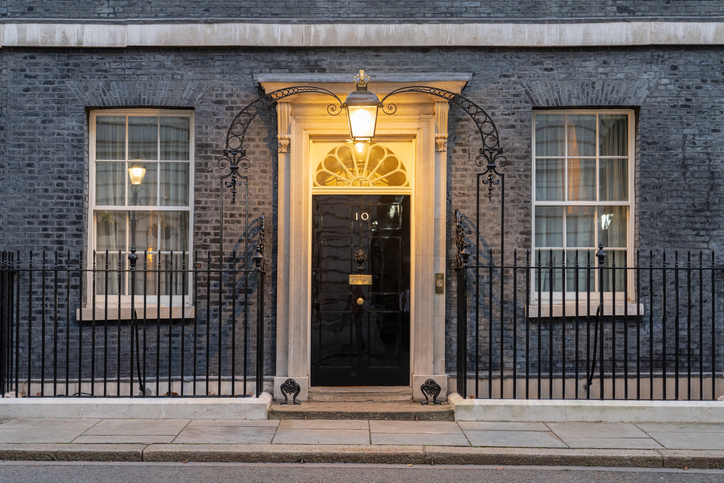As the Conservative Party appoint their fifth leader – and UK Prime Minister – since the Brexit vote in June 2016, the hope is that Rishi Sunak can now stabilise the UK economy, left in a decidedly precarious position by his predecessor Liz Truss.
The tax cuts announced in the controversial “Mini-budget” on 23 September, intended to be paid for through further Government borrowing and a vague plan to drive growth, caused immediate issues for both sterling and yields on UK Government Bonds (essentially the rate of return that investors demand to compensate for lending to the UK). The Bank of England was forced to intervene, announcing a short-term bond buying programme to stabilise markets and pension funds.
Gilt prices and sterling exchange rates have both recovered somewhat since the majority of the planned tax cuts were reversed and Liz Truss announced her resignation, but the market chaos has impacted fixed rate mortgage deals, which are linked to bond yields. This means that mortgage holders coming out of their existing deals are facing much higher monthly payments, at a time when energy and food prices are already soaring.
UK inflation currently stands at 10.1% (the CPI – Consumer Prices Index – figure for September 2022). This figure is important as it would normally be used to determine the increase in State Pension next April, however there is now some doubt about whether the normal “triple lock” will apply, at a time when the UK is facing a significant hole in its finances.
Global inflation has remained stubbornly high throughout 2022. In the US, the September CPI figure was 8.2% – a slight fall on August’s figure of 8.3% but above expectations, with housing, food and medical costs all rising. The Chair of the US Federal Reserve, Jerome Powell, commented: “We have got to get inflation behind us. I wish there were a painless way to do that, (but) there isn’t”. The Federal funds rate was raised by 0.75% in September to a range of 3% to 3.25% – its highest level in more than 14 years.
In Europe, concerns over the deepening energy crisis sent the euro to a 20-year low against the US dollar during September. The ECB (European Central Bank) raised its key interest rate from zero to 0.75% and confirmed that it expects to implement further increases “to dampen demand and guard against the risk of a persistent upward shift in inflation expectations”. The eurozone’s rate of inflation rose from 9.1% in August to 9.9% in September.
2022 remains a very poor year for investors with both equities and government bonds posting significantly negative returns year to date. Investors remain worried about high inflation, slowing growth and the potential for an aggressive Fed to cause a recession in the US. One source of comfort is that investor sentiment is very negative, providing some reassurance that markets have already accounted for much of the bad news.
Closer to home, the Northern Ireland economy has also stuttered, with a September survey by the Ulster Bank showing a fifth consecutive month of falling activity amongst private sector firms. The one positive was that employment continued to rise, albeit marginally. Survey respondents said worsening economic conditions, falling consumer confidence and rising prices were reasons for the decline.
We are always available to discuss any queries or concerns, so just call or drop us an e-mail.
This article is for information only and should not be construed as advice or a recommendation. You should always seek independent financial advice prior to taking any action.
The value of your investment can go down as well as up and you may not get back as much as you originally invested.


